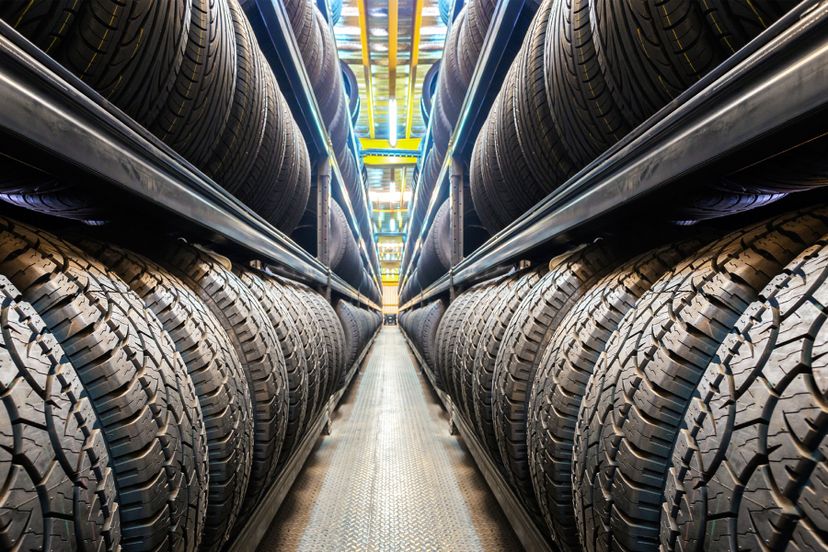
About This Quiz
You probably don't give much thought to those little wheels that get you from point A to point B, but tires are key components of a vehicle's performance. Take the tire quiz to find out how much you know about tires.The bead is a loop of high-strength steel cable coated with rubber. Along with giving the tire strength to stay seated on the wheel rim, it also enables the tire to withstand the forces applied by tire mounting machines when the tires are installed on rims.
Plies are coated with rubber to help them bond with the other components and to seal in the air. The most common ply fabric is polyester cord
In radial tires, the cords run perpendicular to the tread. The cords run at an angle to the tread in diagonal bias tires.
Advertisement
Tire strength is often described by the number of plies it has. Most car tires have two body plies, while large commercial jetliners may have 30 or more.
Green tires have all of their pieces, but they're not held together very tightly and don't have any markings or tread patterns.
Vulcanizing involves running the green tire through a curing machine to bond all of its components together and mold in all of the markings and traction patterns.
Advertisement
The aspect ratio, or the height of a tire expressed as a percentage of its width, indicates the tire's ability to withstand lateral forces. Tires with a lower profile, like 45 percent, have shorter, stiffer sidewalls better suited to resist cornering forces.
Underinflation can cause tires to wear more on the outside than the inside, while overinflation causes tires to wear more in the center of the tread.
Underinflated tires lead to reduced fuel efficiency and increased heat buildup in the tires. You should check your tire pressure at least once a month.
Advertisement